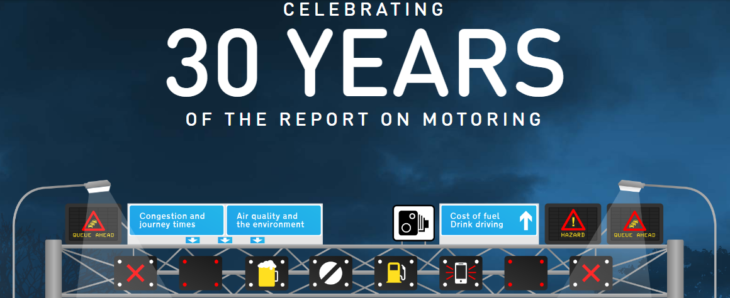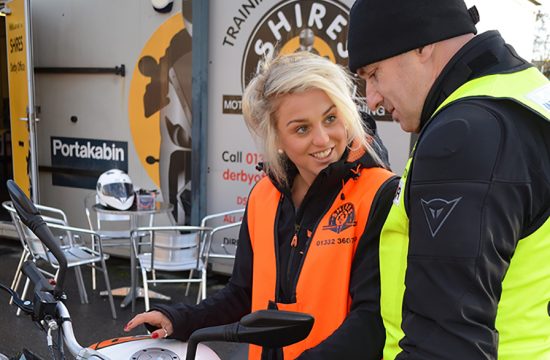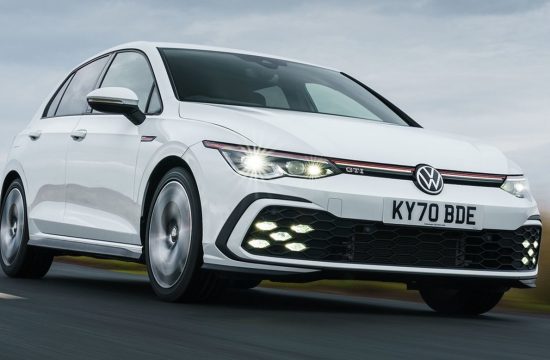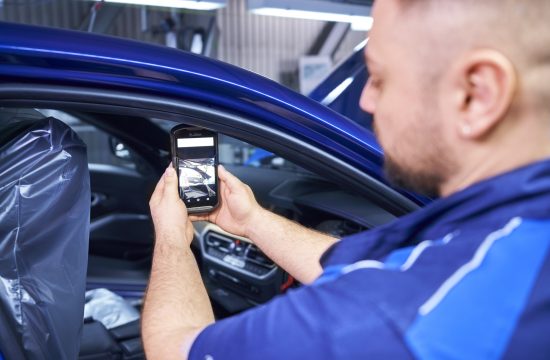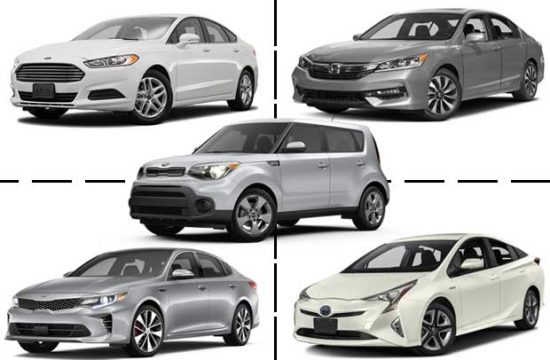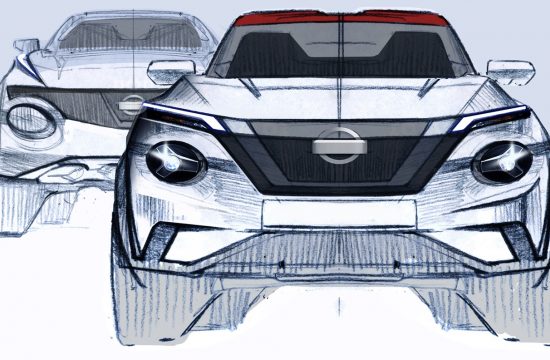The Royal Automobile Club of the United Kingdom recently published a massive and very comprehensive infographic, detailing the changing motoring trends in Britain over the past thirty years. It makes for an amazing read, and sheds a lot of light on where we might be headed in the future, what predictions about the future of motoring may turn out to be true, and how we might all be mistaken about some of the changes we’re sure will take place.
We won’t go through every year of that thirty years one by one. For that you can refer to report itself. Here we will give you an overview of the piece and mention some of the more startling points. It is astonishing what people used to think about the future of cars and motoring in 1998. Evidently, they have been wrong on many counts. For instance, when asked about what advanced feature they were looking to see on the cars of the future, most mentioned rear seatbelts! They didn’t have a clue how advanced the safety technologies would get, and they certainly didn’t know about the extent that computers will come to dominate that aspect of driving. That is fair enough, since computers still ran on leaded petrol in 1998 and nobody could even begin to comprehend how powerful they might get, and how quickly.
Another striking aspect of the report is the fact that most of the important advances in terms of car technology took place within a short period of time. Surveys revealed that people in the 90s thought it would take 20 or more years for all cars to be fitted with airbags as standard. What’s more, as late as 2010, ABS was considered a fancy safety feature reserved for high-end models. A few years after that we had ABS and airbags as ‘given’ equipment even on the cheapest of cars. The shift towards electronic safety gear took place in an even tighter window, and its growth has been exponential ever since. Clearly, this shows that the industry might go on for decades without any major innovation. But once a new infrastructural technology is introduced, a bunch of new features get introduced and change the trends in one massive sweep.
The RAC report also presents interesting information on how motoring laws have evolved in the UK. A lot of it, of course, has to do with speeding and speed cameras, and it shows a direct correlation between the rules getting harsher and the roads becoming busier and more congested. The rather peculiar fact is that, according to the report, more people are using public transportation now than 30 years ago. But simultaneously, more people are becoming dependent on their personal cars. Add to the equation the rise in population due to migration and what not, and it is not hard to see that the problem is going to get worse. So cut Her Majesty’s government some slack next time they introduce an even lower speed limit, or put more cameras up in your neck of the woods. They are wrestling with an eight-legged monster here!

